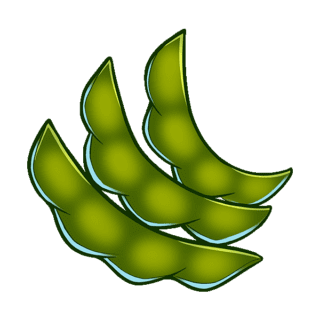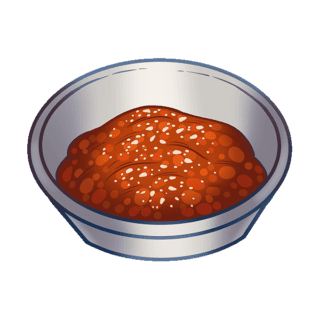We’re Hiring! Join our Team >>
Uwajipedia
A glossary of common, and not-so-common, Asian ingredients and terms.
Naganegi (Japanese Leek)
Despite translating roughly to “Japanese leek,” naganegi aren’t a one-to-one comparison to European leeks. Rather, they’re culinarily...
Read More
Gireumjang
Gireumjang — also transliterated as gireum jang or jang gireum — is an extremely simple dipping sauce...
Read More
Pork Belly
Pork belly is popular in so many cuisines across the globe that it feels impossible to give...
Read More












